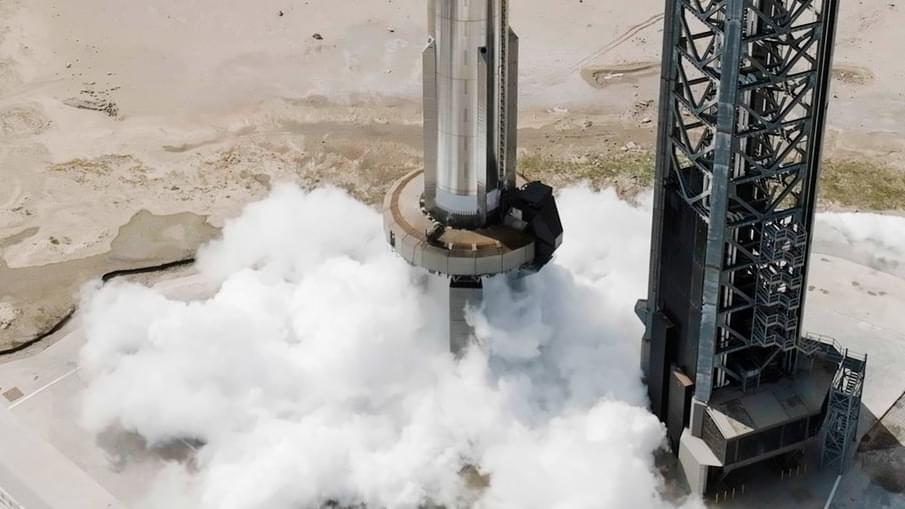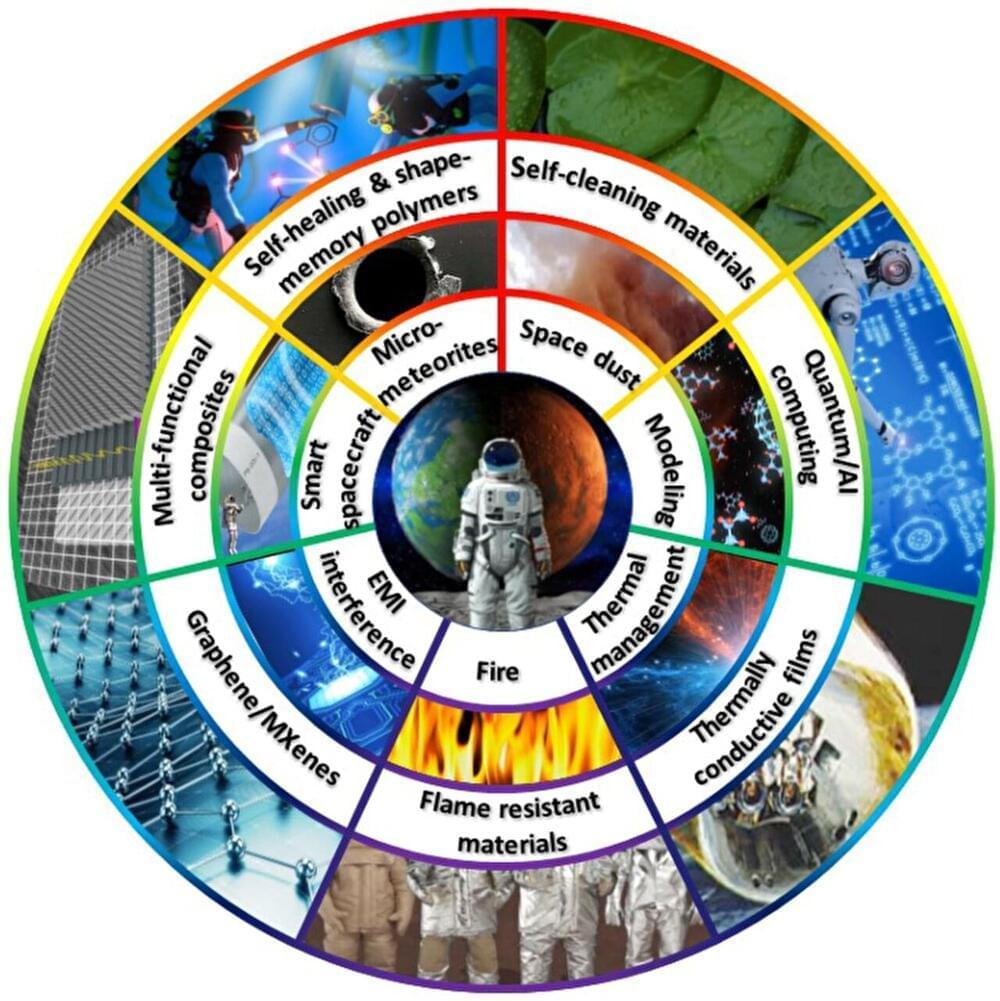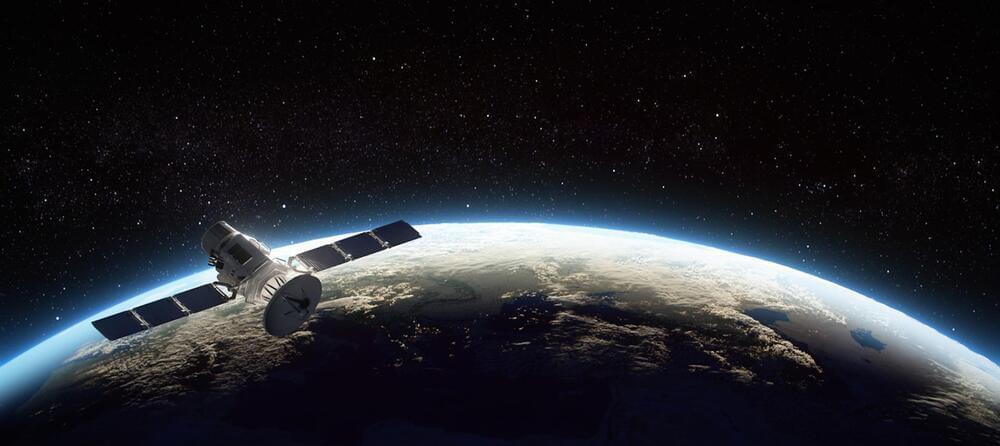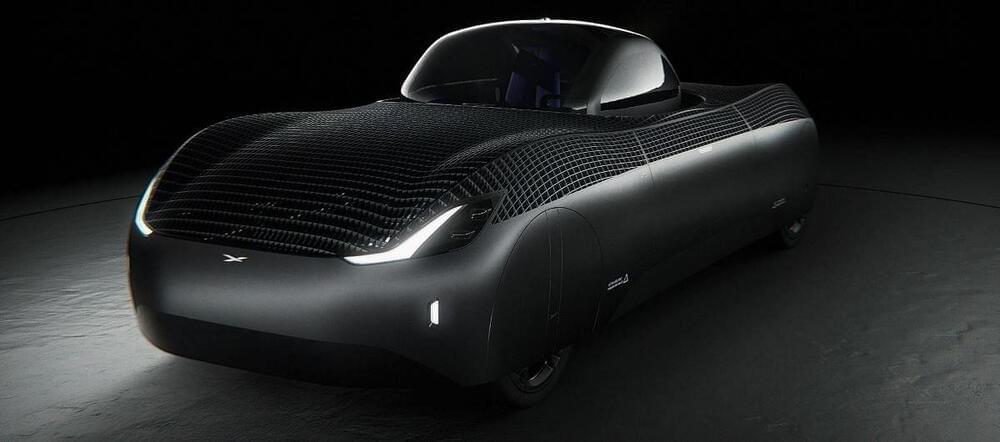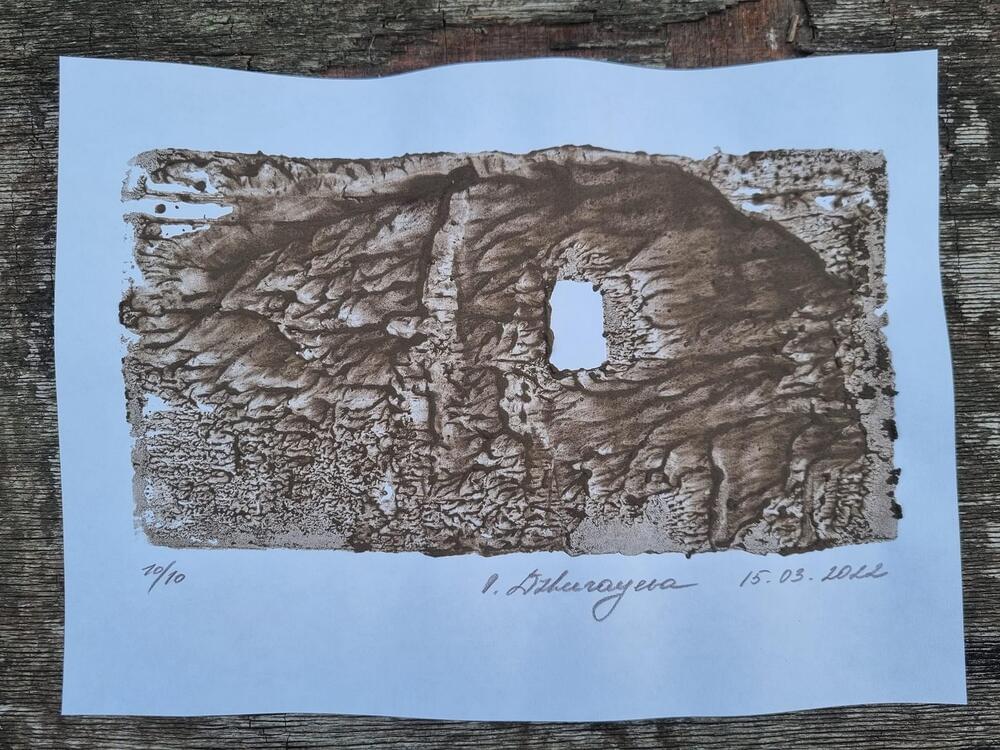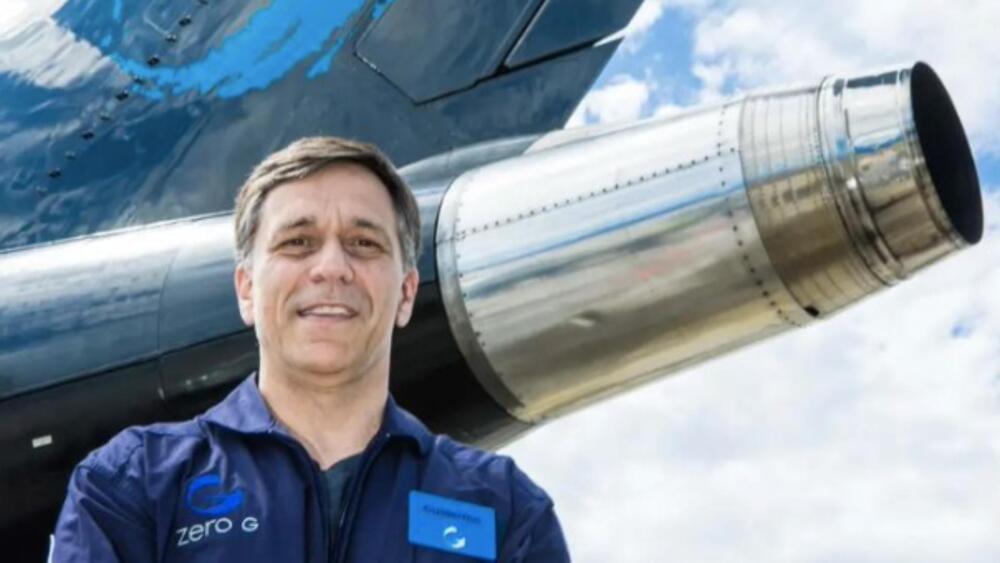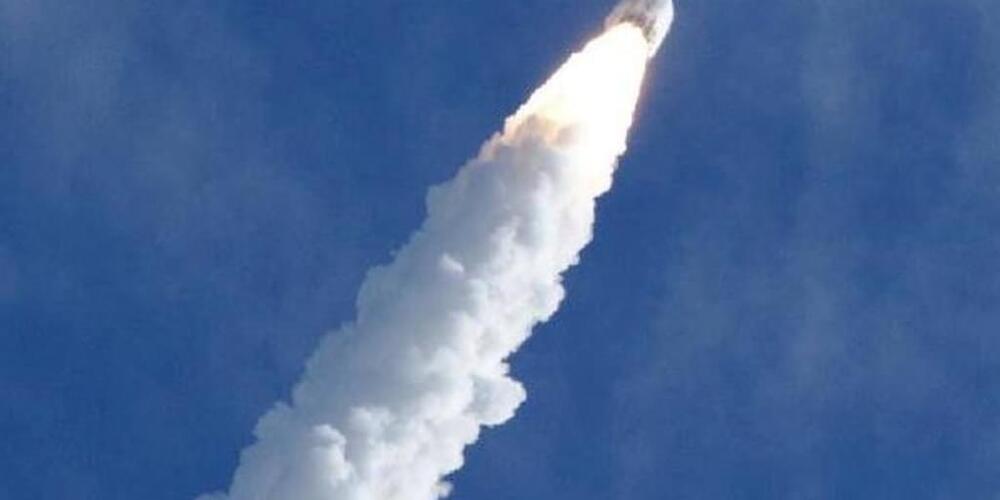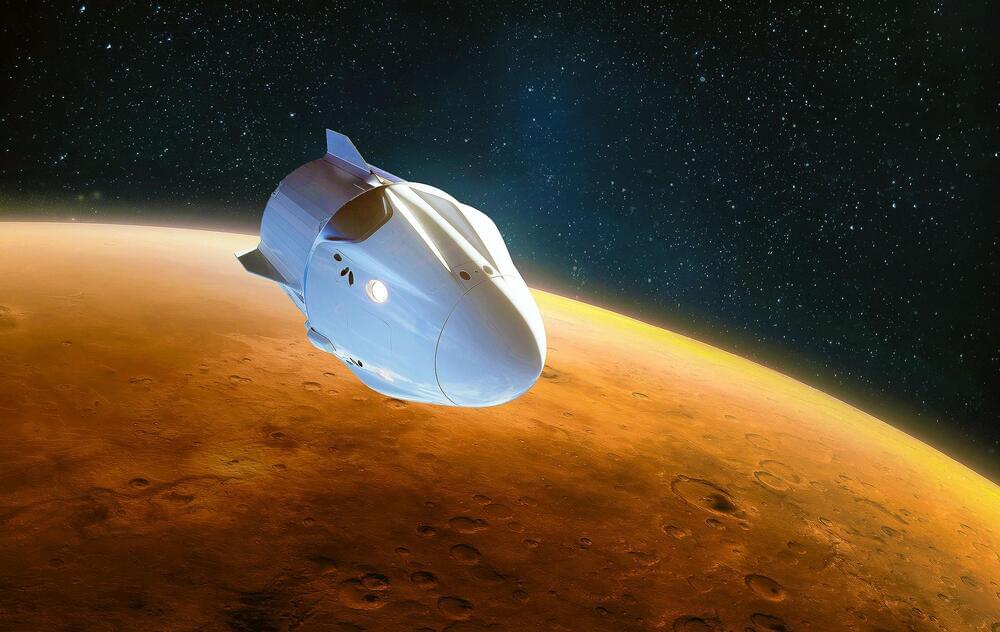Earlier today, SpaceX partially fueled Booster 9, continuing a series of tests before its eventual static fire test.
Category: space travel – Page 82
Space is a dangerous place. From micro-meteorites and electromagnetic interference to fires in space and extreme heat and cold, we need to develop new materials to enable the next generation of space travel and intergalactic travel.
New Swinburne research published in Advanced Composites and Hybrid Materials highlights the cutting-edge materials that are solving these problems, including those being developed by Swinburne’s Multifunctional Materials and Composites team.
These include self-healing polymers, fire and thermally resistant materials, materials for thermal management, self-cleaning materials, EMI shielding materials and multifunctional carbon fiber composites.
😀 😍 🤩
Imaginima / iStock.
The system, called the IVO Quantum Drive, will launch atop a SpaceX Falcon 9 rocket as part of the rideshare mission Transporter 8.
Transforming cars that go from tearing up the tarmac to soaring through the skies at the touch of a button. It sounds like science fiction, but that might be the future we’re looking at, as America’s regulatory body for commercial flight and transportation, the Federal Aviation Administration, certified to test a bona fide flying car.
The vehicle — which has a flying range of around 177km on a full charge — is the brainchild of Alef Automotive, a Californian startup backed by high-profile venture capitalist Tim Draper (whose other seed investments include Tesla and SpaceX).
Experience the dystopian rainfall of a Blade Runner universe in this ASMR track! Sit back, relax and let the futuristic cyberpunk music transport you to a dark and dangerous future.
This sci-fi ambient music is perfect for any fan of Blade Runner 2049. With a cinematic soundscape and spine chilling music, this track will transport you to a dark and dystopian future. Enjoy the sounds of rain falling on a roof, the sound of a blade cutting through metal and the sound of a cyborg walking the streets of a city at night.
Dystopian Rainfall is an immersive, atmospheric ambient track that transports the listener to the rain-soaked, neon-lit streets inspired by the Blade Runner universe. This captivating composition masterfully combines the soothing sound of rainfall with the distinctive synth tones that define the film’s iconic soundscape.
If you love Blade Runner, Blade Runner 2049 or anything from it — you’ll enjoy this one!
The works will be sent in commercial shipments in tandem with NASA’s Artemis missions.
Adam Schrader, July 31, 2023.
This comes a month after OceanGate’s submersible imploded in the ocean, killing all five on board.
The deep-sea disaster last month, which killed five on board an OceanGate submersible, is not a hurdle in the plans of its co-founder.
In an interview with Insider, Guillermo Söhnlein revealed that he has much bigger plans for the company. He said he wants to send 1,000 humans to live in Venus’ atmosphere by 2050.
This technology promises to revolutionize spacecraft design, save space, and enhance communication capabilities, opening up new frontiers for exploration and discovery.
In the vast expanse of space, engineers constantly push the boundaries of innovation to do more with less. Today’s small spacecraft is equipped with sensors, guidance and control systems, and operating electronics, making efficient use of every available space. But what if we could take it a step further and revolutionize the way we integrate electronics into these spacecraft?
Recently, aerospace engineer Beth Paquette and electronics engineer Margaret Samuels from NASA’s Goddard Space Flight Center in Greenbelt, Maryland,… More.
SDI Productions/iStock.
Can urine whiz rockets to Mars?
Posted in space travel
The space race has been revived, but this time, the goal post has been shifted much further – to Mars. As recent technological advancements promise to open new horizons of exploration, NASA plans to cut the travel time to Mars with a nuclear-powered spacecraft.
A trip to Mars currently takes approximately seven months, covering a staggering 300-million-mile journey. NASA, in collaboration with the US Defense Advanced Research Projects Agency (DARPA), now proposes an ambitious plan that hinges on the promise of nuclear thermal propulsion technology to reduce this duration significantly.
NASA aims to launch a nuclear-powered spacecraft, known as DRACO (Demonstration Rocket for Agile Cislunar Operations), into Earth’s orbit either by late 2025 or early 2026. The spacecraft, under construction by Lockheed Martin, a leading aerospace and defense company, will serve as a testbed for this groundbreaking technology.
